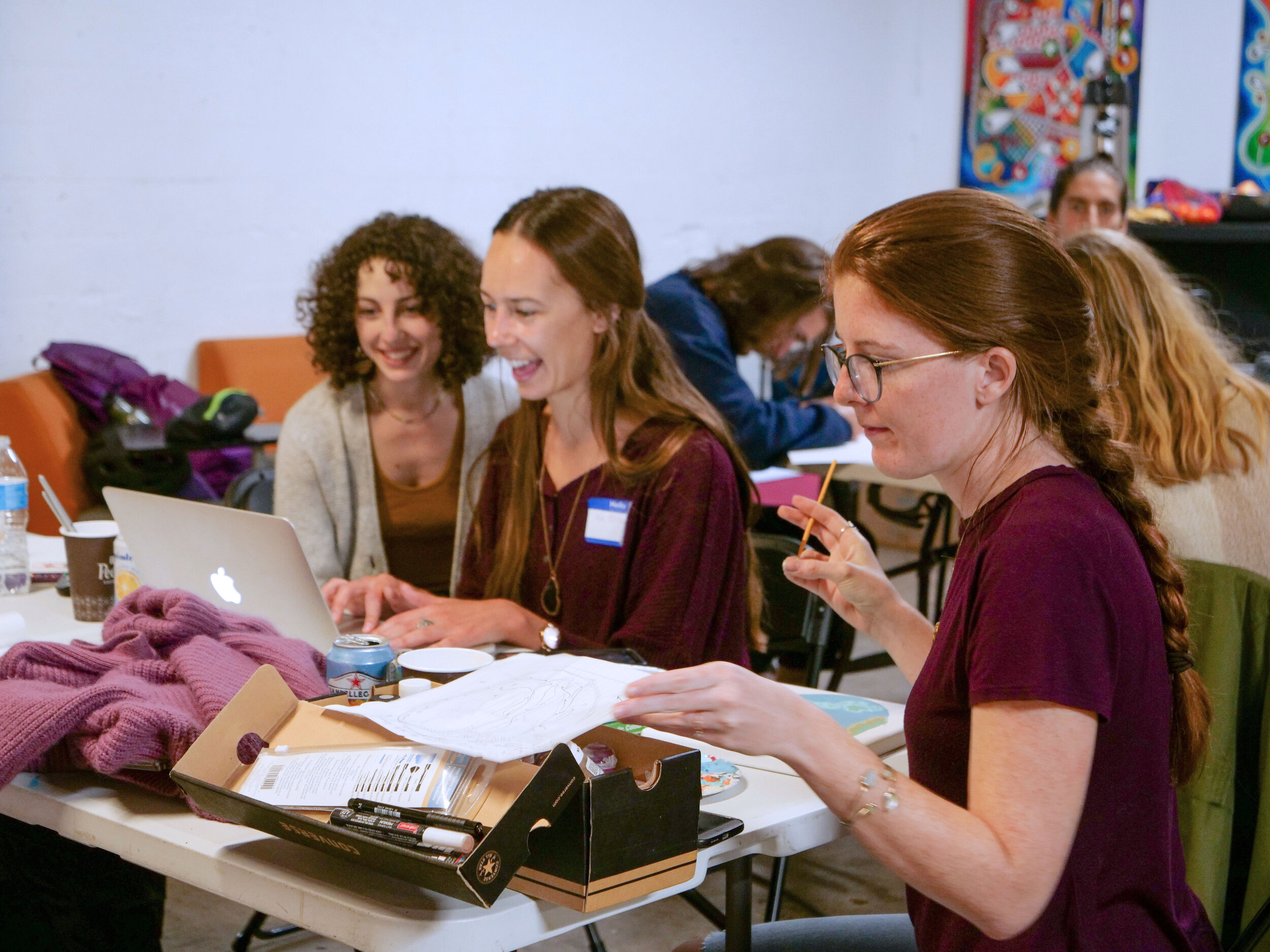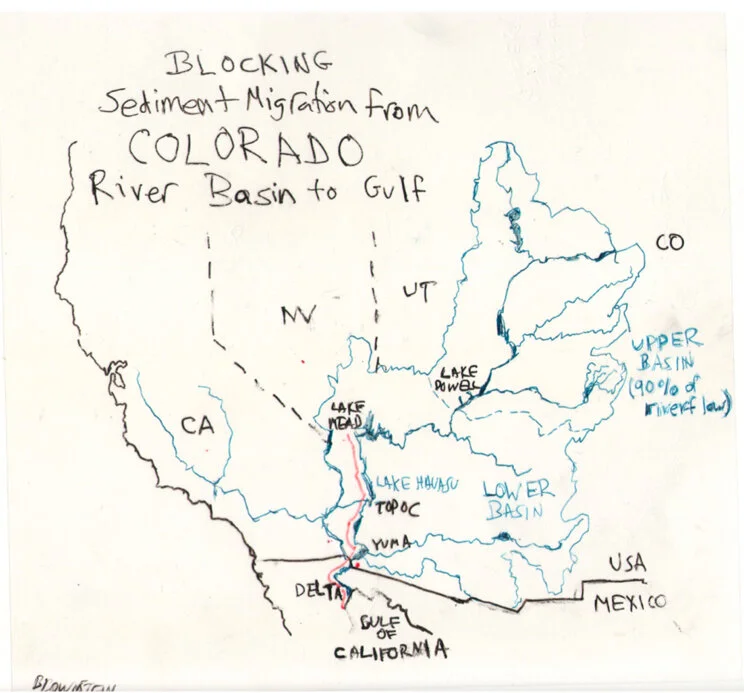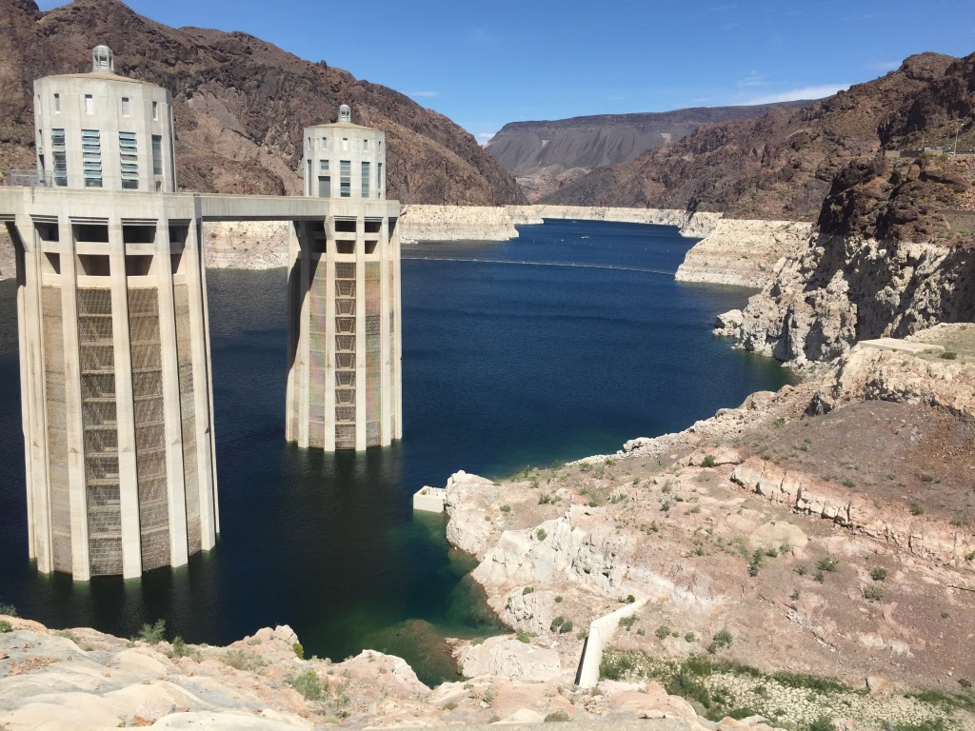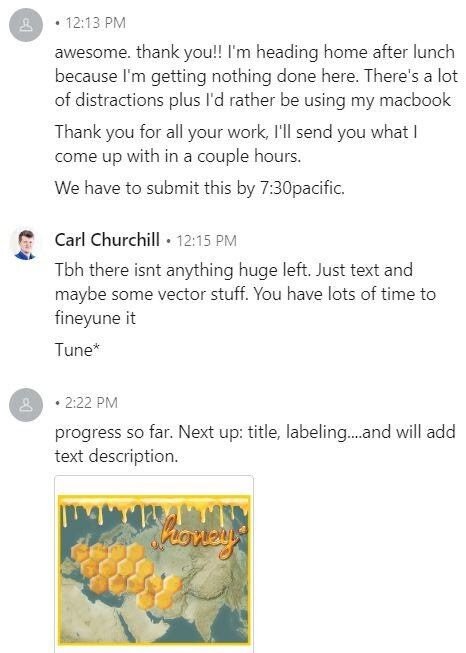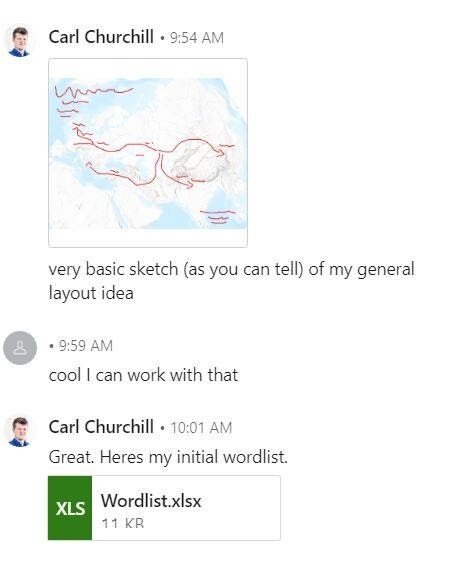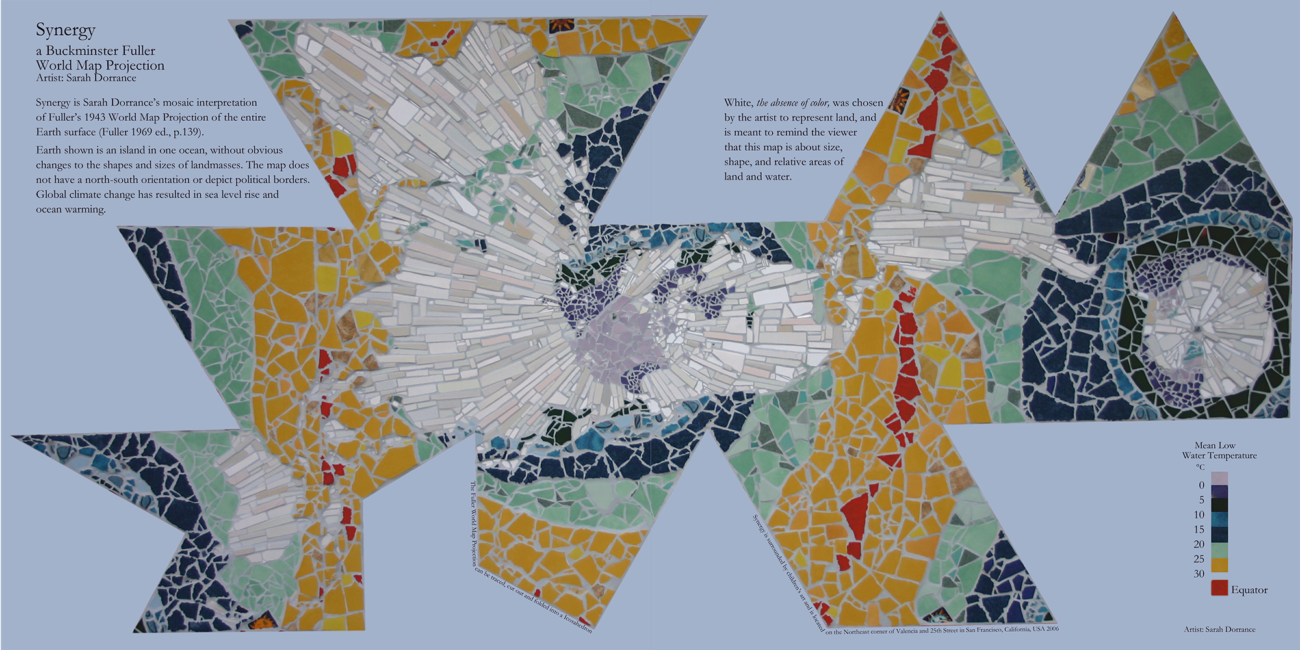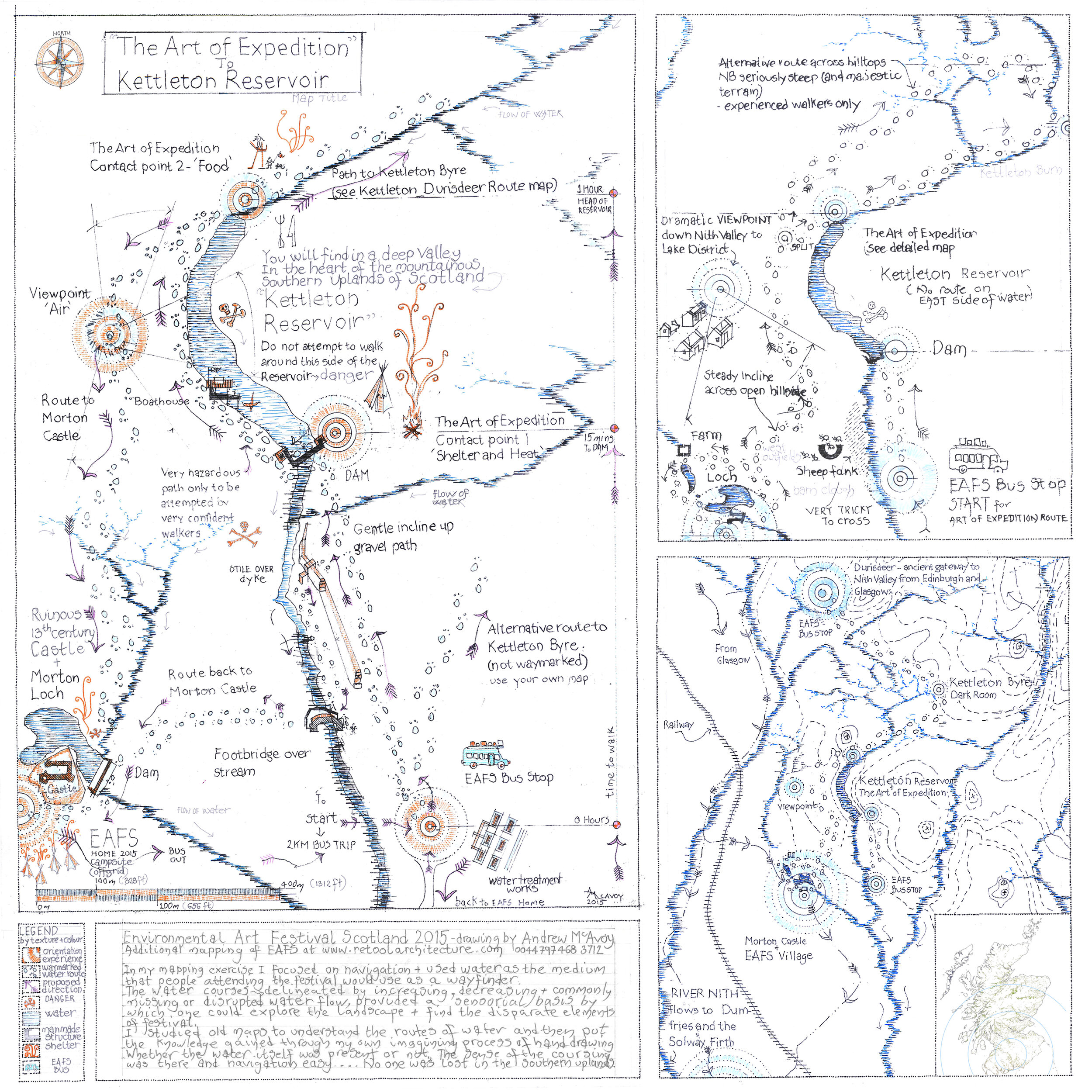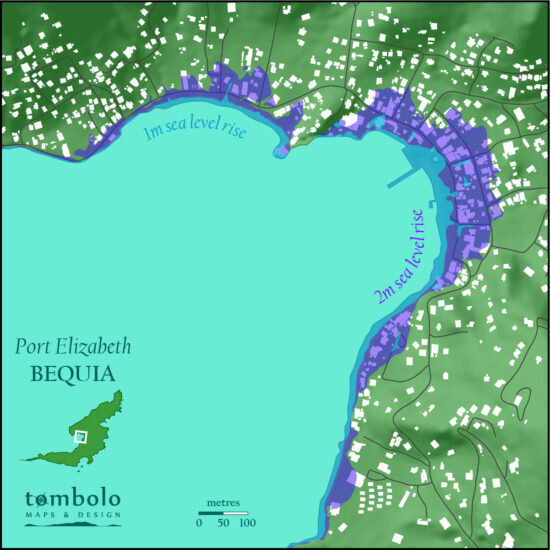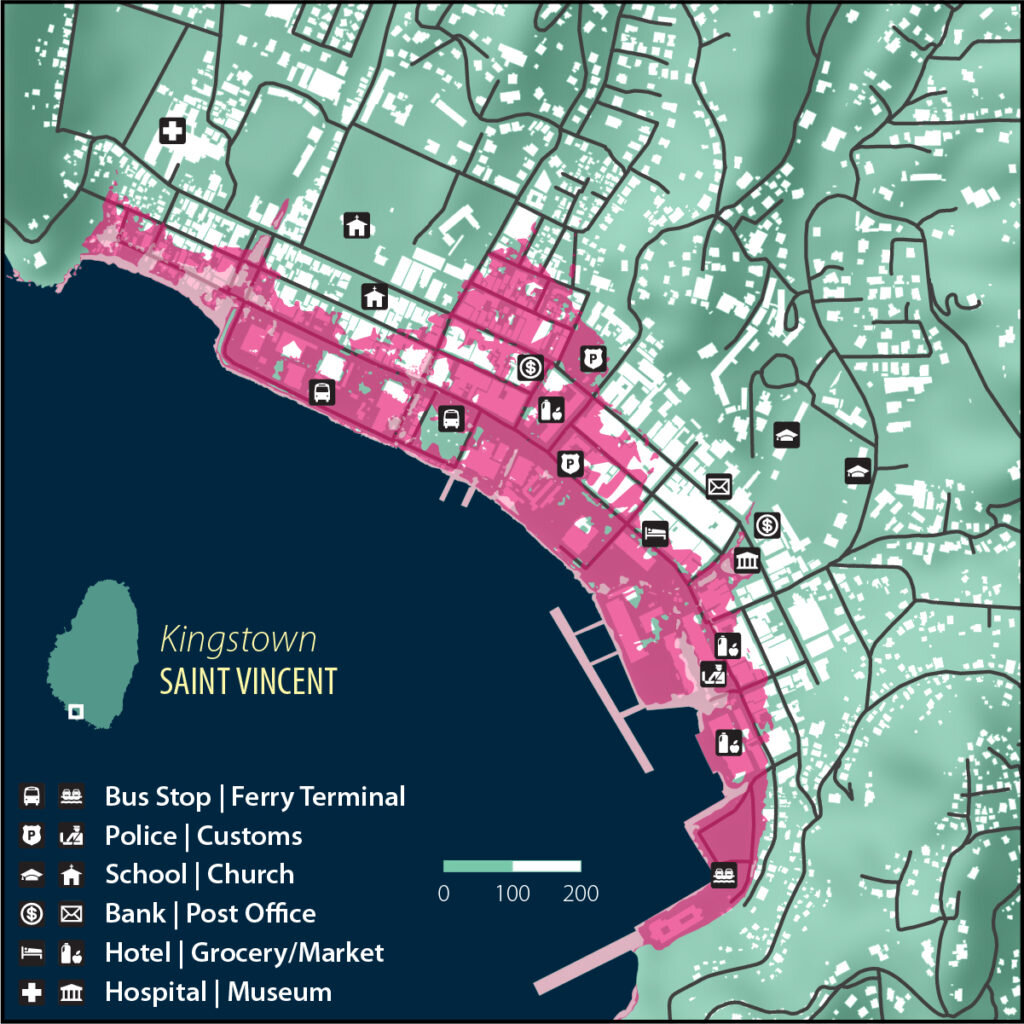STARLIGHT AND AN AEROSPACE ENGINEER
This map wouldn’t exist without an igniting spark from an aerospace engineer. I was visiting with a friend (said engineer) when the theme for the Atlas in a Day Challenge was announced. Upon hearing the theme of Community, she shared that the first image that came to mind of Community was a nighttime view from an airplane looking down at the city lights. Spurred by this idea, I flipped the viewpoint to look up to the nighttime sky and stars. Thus, the star theme was born. And then my eyes strayed to my bookcase.
If you unwrap the hardcover edition of When They Call you a Terrorist, you’ll find magic. Engraved in gold amidst a bright coral background sit seven words: I am a survivor. I am stardust. Author Patrisse Khan-Cullors references stardust imagery frequently throughout the Black Lives Matter memoir with a wonderful origin story with notes to Dr. Neil deGrasse Tyson’s work. For those who haven’t yet read the book (which I highly recommend you do) I’ll offer this one quote:
“What could they be but stardust, these people who refused to die, who refused to accept the idea that their lives did not matter, that their children’s lives did not matter?”1
CAN ONE BE AGAINST DATA AND STILL BE FOR KINSHIP?2
I can’t seem to do much lately without evoking Billy-Ray Belcourt. Suffice to say his words move me. If you turn to the 76th page of his second book, NDN Coping Mechanisms: Notes from the Field, in a poem called “Fragments Ending with a Requiem,” you’ll find the borrowed line that serves as the heading of this section. This question sits with me often.
Mapping demographics is tricky. Mapping Native populations is even trickier. When I map Native populations using census data, either for a research project or when teaching a lesson, there is almost always a brief moment of devastation. The counts are small. The percentages are small. Data science rules are not kind to small populations. Convenience shrouds data science. Data science processes that dictate removing small samples or aggregating into a group such as ‘Other’ propagate Indigenous invisibility and settler colonial dogmas of extinction. In this way mapping data becomes a battleground against colonial death regimes.
With today’s pandemic, Indigenous and Black communities face some of the worst outbreaks and death rates due to underlying conditions embedded in hegemonic structures of settler colonialism, capitalism, and white supremacy. As a Diné cartographer, I wanted to push back on these narratives of death by pointing to and celebrating Black and Indigenous life.
The first layer of the map is a photo of the night sky with a high transparency. I’d like to think of this layer as ancestors, as people and numbers that data could never fully capture. The next ten or so layers are different locations throughout the united states including los angeles, honolulu, new york, flint, ferguson, alaska, a broad view of the southeast, standing rock, and navajo nation. The orientations and scales all vary at random. Points also vary in terms of representation. In one layer a point may represent as few as 20 people and in another represent 200,000. The data comes from the 2018 American Community Survey census tract estimates for Black, American Indian/Alaska Native, and Native Hawaiian/Pacific Islander groups.
Coyote Space
The orientation varies at random purposefully, as a nod to the ways in which Black and Indigenous solidarity is essential for transformative work. Cultivating solidarity comes with a need to understand the ways in which our struggles are oriented differently with varying places of emergence, dimensions, perspectives, and areas of overlap; all often dependent on space and time. Similarly, the layers vary with each group; some have all three and some only one or two of the racial groups. As I look back at the map now, some three months after making it, the exact representations are even obscure to me as I did not mark or label any of the points.
In the bottom right corner of the map, Ma’ii stands as a play on the compass rose. Or perhaps more accurately, a parody of a compass rose in that to view this compass through a western lens is to see something both unreadable and unknowable, a disorientation. The trickster archetype plays an important role in disrupting boundaries and at times creating harmony through types of chaos. I’ve been deeply inspired by Tongva scholar Cindi Alvitre’s concept of coyote space:
“Creating a cartography of coyote space is an act of resistance. Coyote space is about making visible what others cannot, or choose not, to see. Arbitrary political boundaries become meaningless.”3It is also worth noting that in the Diné cosmos, Ma’ii plays a role in distribution of the stars in the sky.
Is there a word for infinity?
My mother tells me a story of a scholar, a mathematician maybe, who desired to know the Diné word for infinity. He asked and asked with no answer. He began to think that maybe the concept was foreign, until eventually he came across someone who simply gestured towards the night sky and asked him to count the number of stars
Limitations and a Love Letter
If I were to make this map again, I might play with varying the years for the census data. There’s also a kind of irony in the fact that the racial categories are for each group alone, meaning that I, myself, as a biracial Indigenous person, am not represented in the census groupings. Using single-race ACS data also negates the existence of Afro-Indigenous people and obscures Black and Indigenous stories amongst Latinx and other multiracial people. There is also more to be said about how Indigeneity and race are not synonyms. This game of racial border politics and representation could partially be circumvented by using racial counts that include anyone who has checked a box. In this way, this mapping project became a study in mapping the unmappable. But there’s a way in which the stars in the sky, as a symbol, push past these categorical limitations as an innumerably infinite and borderless entity.
This map is my offering of resistance to the gap where data fails Black and Indigenous stories.
This map is a story of unbounded and vast interconnected life.
This map celebrates communities of resistance.
This map is an ode to Black and Indigenous resilience and futurity.
1 When They Call You a Terrorist: A Black Lives Matter Memoir, Patrisse Khan-Cullors & Asha Bendele, p.5
2 Line from Billy-Ray Belcourt’s “Fragments Ending with a Requiem” in NDN Coping Mechanisms: Notes from the Field
3 Cindi Alvitre, Gabrieleno-Tongva, LAtitudes: An Angelos Atlas, p. 45








